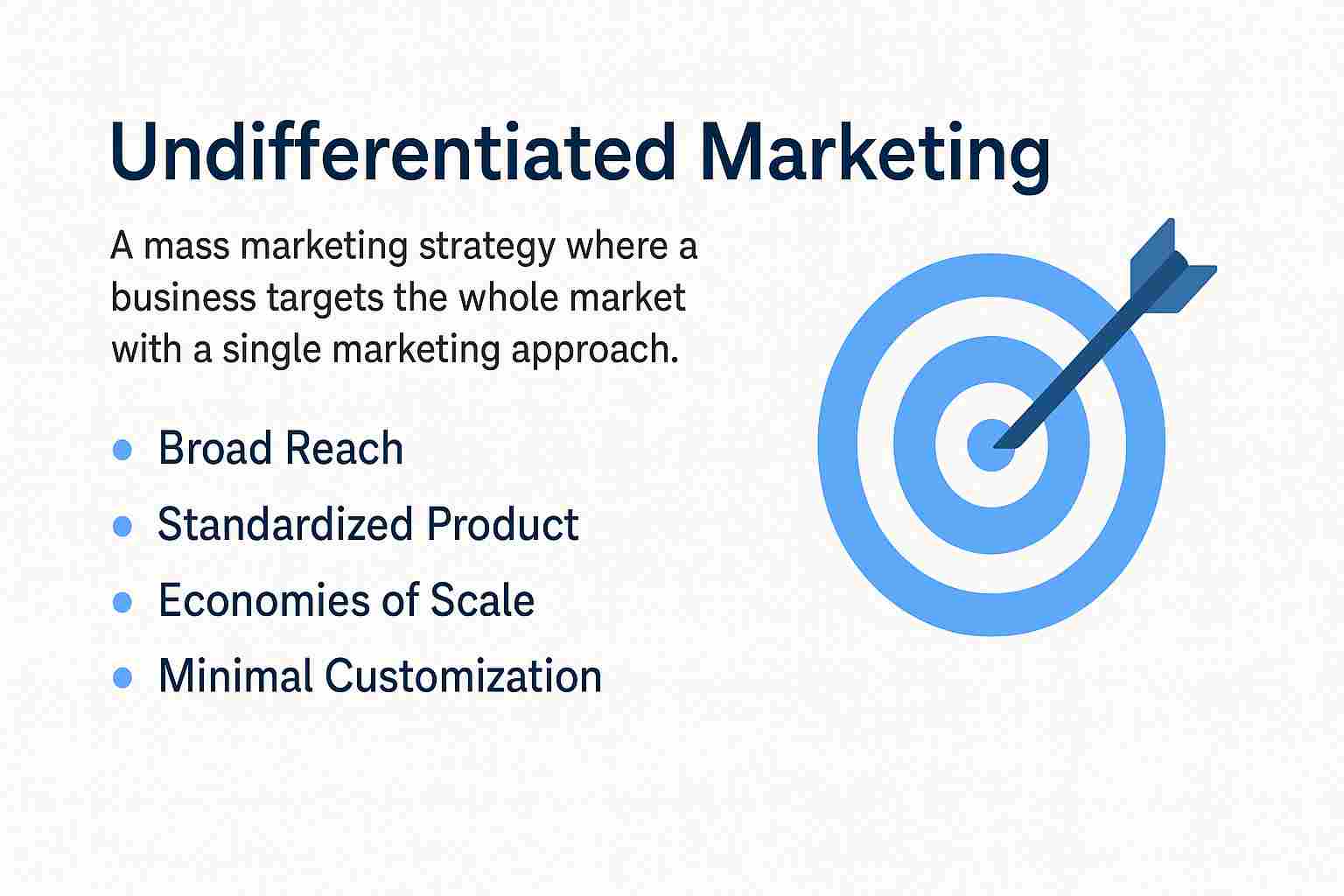Rural marketing is fast becoming a cornerstone of business growth in India. With over 900 million people living in villages, rural areas present a massive opportunity for brands across industries. However, marketing to rural consumers requires a unique understanding of their lifestyle, aspirations, and local environment.
What is Rural Marketing?
Rural marketing involves the process of promoting and distributing products and services to rural consumers. It also includes the reverse flow of goods from rural areas to urban markets (such as agricultural produce), as well as intra-rural trade between villages.
Key Forms of Rural Marketing:
- Urban to Rural: Selling consumer goods, technology, and services to rural areas.
- Rural to Urban: Marketing and distributing rural products like crops, dairy, and crafts to cities.
- Rural to Rural: Trade between villages involving seeds, equipment, and local services.
Rural Marketing Channels:
- Print (regional newspapers)
- Wall paintings & billboards
- Radio & community FM
- WhatsApp & SMS marketing
- Local events & street theatre
Why Rural Marketing is Important in 2025
- Large Untapped Market: Nearly 65% of India’s population lives in rural areas.
- Digital Transformation: Affordable smartphones and internet access have fueled online shopping, learning, and entertainment.
- Income Growth: With support from government schemes, farming income and rural wages are gradually improving.
- Aspirational Consumers: Rural buyers are brand-conscious and seek quality.
- Lower Market Saturation: Rural areas have fewer brands compared to crowded urban markets.
Characteristics of Rural Markets
Understanding rural consumer behavior is essential. Here are the defining features of India’s rural market:
- Price Sensitivity: Consumers often opt for affordable or small-pack products.
- Trust-Based Buying: Word-of-mouth and local recommendations carry strong influence.
- Cultural & Regional Diversity: Each state, and even village, may have different preferences.
- Seasonal Demand: Purchases peak after harvests, during weddings, or festivals.
- Limited Infrastructure: Poor roads, power cuts, and weak logistics networks can affect accessibility.
Scope of Rural Marketing in India
The scope of marketing in rural is expanding due to technological integration and government support. Companies are not only selling goods but also delivering essential services that improve the quality of rural life.
Emerging Sectors in Rural Marketing:
- Education & E-learning: Digital tools for learning in regional languages.
- Healthcare Services: Telemedicine and mobile clinics.
- Fintech & Microloans: Payment apps and banking services.
- Clean Energy: Solar power kits and eco-friendly cookstoves.
- E-commerce: Platforms like Meesho and Flipkart now reach rural households.
Key Trends in Rural Marketing (2025)
| Trend | Description |
|---|---|
| Hyper-localized Campaigns | Brands tailor their messaging by region and dialect. |
| Voice & Vernacular Search | More rural users are using Google Assistant and voice search in Hindi or other local languages. |
| Short-Form Video Marketing | WhatsApp and YouTube Shorts are key to engaging rural consumers. |
| Mobile-First Commerce | Rural consumers often use low-data apps to shop or compare prices. |
| SHG Empowerment | Self-help groups are partnering with brands to become distribution agents. |
| Gamified Advertising | Rural youth are engaging with gamified apps that include brand promotions. |
Effective Rural Marketing Strategies
- Language Localization: Use local languages for packaging, instructions, and advertisements. Regional content builds relatability and trust.
- Use of Influencers & Opinion Leaders: Panchayat leaders, local shop owners, and school teachers often act as influencers. Brands should involve them in awareness campaigns.
- Product Customization: Rural consumers may prefer smaller or simplified versions of products, such as low-cost sachets or utility-based features.
- Participation in Haats & Melas: Weekly markets and village fairs are powerful platforms to demonstrate products and gather feedback.
- Affordable Pricing: Create ₹1, ₹5, or ₹10 versions of products to drive trials and accessibility.
- Mobile Van Campaigns: Since media reach may be limited, mobile vans can deliver interactive demos, video content, and even retail sales.
Real-World Case Studies
✅ Hindustan Unilever’s Project Shakti
This program recruited over 1.6 lakh rural women to sell products in their villages. It provided livelihood and helped HUL deepen its rural market reach. Trust-based sales and community engagement were the cornerstones of its success.
✅ Coca-Cola’s eKOCool
A solar-powered cooler designed for rural retailers, enabling them to store and sell beverages even in areas without electricity.
✅ ITC e-Choupal
Provided farmers with access to weather forecasts, mandi prices, and farming tips—empowering them and building long-term brand loyalty.
Role of Government in Rural Marketing
The Indian government plays a pivotal role in enabling rural marketing by improving infrastructure, digitization, and financial inclusion. Through a variety of initiatives and policy frameworks, the government supports market access and encourages private-sector participation in rural development.
- PMGSY (Pradhan Mantri Gram Sadak Yojana): Focuses on building and upgrading rural road connectivity to facilitate smoother logistics and market access.
- PMGDISHA (Pradhan Mantri Gramin Digital Saksharta Abhiyan): Aims to make six crore rural citizens digitally literate, enabling them to participate in the digital economy.
- eNAM (National Agriculture Market): An online trading platform that connects existing agricultural mandis to create a unified national market for agricultural commodities.
- Jan Dhan Yojana: Boosts financial inclusion by providing banking facilities to rural households, enabling direct benefit transfers and encouraging digital transactions.
- Rural Skill Development Missions: Empower rural youth with vocational and entrepreneurial skills, creating a market-ready workforce for emerging rural businesses.
- Digital India & BharatNet Projects: Improve rural internet access and create digital infrastructure to support mobile commerce and online services.
Major Challenges in Rural Marketing
- Infrastructure Limitations: Bad roads, limited internet, and unreliable electricity create hurdles in marketing and distribution.
- Low Literacy Rates: Marketing material must be visual, symbolic, and audio-based.
- Cultural Barriers: Religious, traditional, and linguistic differences can make one-size-fits-all strategies ineffective.
- High Cost of Reach: Due to dispersed population, the cost per customer acquisition can be higher than in urban areas.
- Product Misunderstanding: Rural buyers may not fully understand the use or benefits of unfamiliar products, making awareness campaigns crucial.
Statistics & Market Data (2025)
- Rural internet penetration: 37% (TRAI 2024)
- Digital payments growth in villages: 29% YoY (NPCI Data)
- Rural FMCG market size: $220B (Statista)
- Over 70% of new internet users are from rural areas (Google-Kantar)
KPIs for Rural Marketing Success
To measure the effectiveness of rural marketing efforts, companies need specific KPIs (Key Performance Indicators) that align with the rural market dynamics:
- Brand Awareness Lift: Measure the increase in brand recognition before and after campaign rollouts in targeted rural regions.
- Sales Conversion Rate by Region: Tracks how many rural consumers converted into buyers, indicating product-market fit and channel effectiveness.
- Product Trial and Repeat Purchase Rate: Indicates the initial interest and long-term customer satisfaction levels in rural areas.
- Festival or Harvest Season Uplift: Monitors sales spikes during seasonal periods such as harvests, festivals, and marriage seasons.
- Local Influencer Reach & Engagement: Tracks the effectiveness of community influencers and village opinion leaders in spreading brand messages.
- Distribution Coverage Ratio: Measures the availability of products in local kirana stores, haats, and melas.
- Customer Feedback & Satisfaction Scores: Gauges user experience, product acceptance, and word-of-mouth potential in rural pockets.
Conclusion
Rural marketing in India is ripe with opportunity—but it’s not without its challenges. Brands that truly understand local needs, respect cultural nuances, and deliver value can build strong customer bases across villages.
Frequently Asked Questions (FAQs):
A: Word-of-mouth, local events, WhatsApp groups, and sachet models.
A: They enable reach via mobile, WhatsApp, and voice content in local languages.
A: FMCG, agri-tech, ed-tech, fintech, health-tech, and solar energy.
Conclusion
Rural marketing is a dynamic field with immense potential for businesses willing to invest time and resources in understanding and serving rural consumers. Its importance cannot be overstated, given the large consumer base in rural areas and their role in driving economic growth. To succeed in marketing, businesses must adapt their strategies to the unique features and challenges of rural markets, build strong relationships with consumers, and remain sensitive to their cultural and economic context. With the right approach, it can be a win-win situation, benefiting both businesses and rural communities.

MoneyMantra, is a passionate content creator with over 5 years of experience in writing about the intersection of technology, business, finance, education, and more. With a deep understanding of how these fields empower both individuals and businesses





